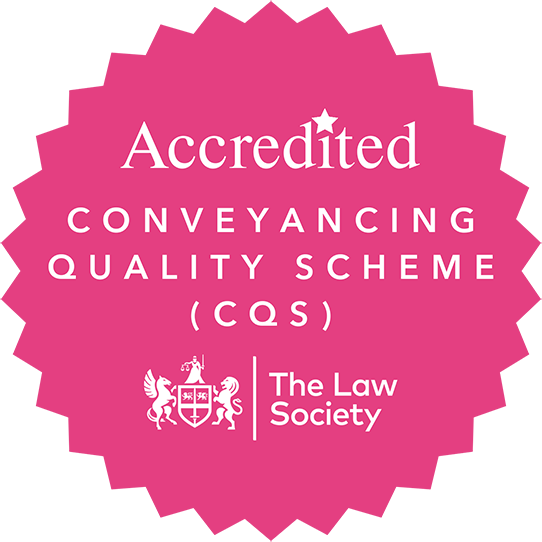Will a recent court ruling see an increase in claims in private nuisance law?
A recent High Court decision in Nicholas & Ors v Thomas & Anor illustrates how the courts might deal with issues around competing land use between neighbours when evaluating nuisance claims in the future.
This latest decision follows Fearn v Tate, which involved whether the Tate Modern’s 360-degree viewing platform constituted a private nuisance to neighbouring residents, since gallery visitors on the platform could look inside their glass-fronted apartments. By a majority the court found that the occupation of the flats and enjoyment of the views from them as residents, as opposed to paying visitors, was a “general and ordinary“ use of the land whereas the Tate could not demonstrate the viewing platform was “ordinary or necessary“ for its activities as an art gallery. This decision represented somewhat of a departure from the previous approach of courts to nuisance claims which was to consider what was objectively reasonable.
Nicholas was a bitter dispute in rural Cornwall between the breeders of rare and expensive falcons for the Middle East racing market and a neighbouring farm. Despite conversations and warnings of the birds’ sensitivity to sound and visual disturbance, particularly during their breeding season, the neighbour went ahead and built a barn in that season adjacent to the aviary and carried out a number of noisy and visually disturbing activities resulting in the deaths of some of the birds and loss of eggs. The claimants alleged they had suffered losses in excess of £1m.
The claimants made private nuisance, negligence and harassment claims. The court found that building the barn was a normal activity that a landowner might undertake but doing so in the breeding season without due consideration of the claimants and their business was an actionable nuisance as it was an unreasonable interference with the claimants’ use and enjoyment of their land.
The defendants claimed their actions were ordinary for the location, but the High Court still found in favour of the claimants on both the nuisance and negligence grounds. The ruling highlighted the defendants had been on notice of the sensitivities of the falcons which were long established on the site but had carried on with their construction work anyway
The judge in Nicholas helpfully set out a distillation of the leading judgment of Lord Legatt in Fearn adopting a structured approach to the ‘common and ordinary test’ equally applicable in both rural and built-up environments. Key elements include:-
1. Balancing the (sometimes) conflicting rights of neighbouring landowners, …..often described in terms of “give and take”,
2. Addressing whether interference is substantial …. by reference to the standards of an ordinary or average person in the claimant’s position
3. Consideration of the ordinary use of the claimant’s and defendant’s land and the “locality principle” requiring the court to assess the immediate neighbourhood
The court found that falcon breeding in this location was in accordance with the rural and agricultural tenor of the locality. This was not a case where the claimants had applied a special use to their property in breach of the locality principle.
There is no limit as to what a nuisance might be, and landowners need to consider whether their actions go above and beyond normal ‘give and take’ or ‘live and let live’ which typically balances out the actions of neighbours.
Disputes between neighbouring landowners can escalate very quickly. This one cost the losing defendants £258,500 in damages. This ruling highlights it is important that in the future and whatever you do on your own land, you must do it with due consideration of your neighbours and paying particular heed to any requests made, taking advice where necessary from a land agent, surveyor or solicitor especially before investing in expensive plant or buildings.
Philip Grylls is a partner at Gullands Solicitors p.grylls@gullands.com

 Close Menu
Close Menu















